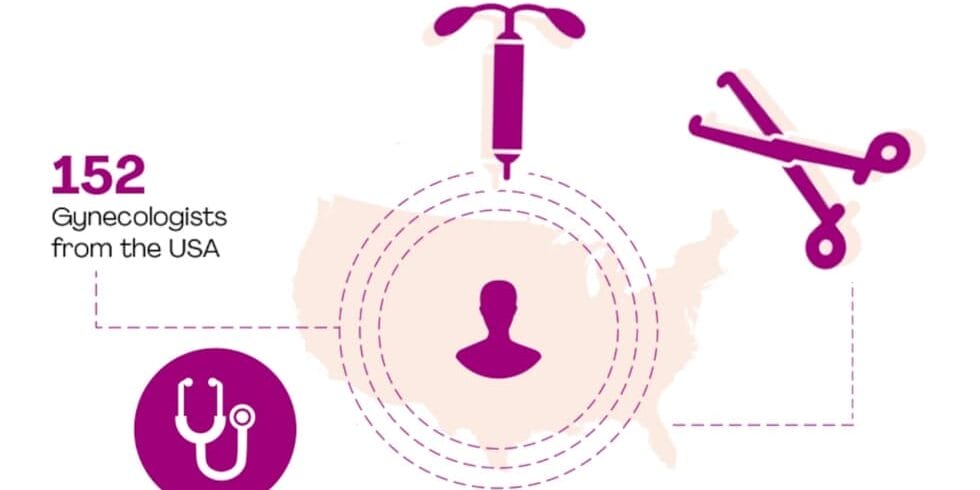
Infographic: Tenaculum Use During IUD Procedures in the US
The Intrauterine contraceptive device (IUD) is one of the most effective contraceptives on the market. It is proven to be 99% effective, offering the highest protection with the lowest risk of unintended pregnancies.
However, according to studies about 20% of women are discouraged to choose an IUD because they believed the insertion procedure is painful.
To insert an IUD, clinicians need to gain access to the uterus which often requires the cervix to be stabilized. To stabilize the cervix (the lower part of the uterus) clinicians use an instrument called the tenaculum that works but pitching the cervical tissue causing pain and bleeding.
As part of the Aspivix process to understand IUD procedure practice in the USA, the company conducted an in-depth study with 162 gynecologists that included an online survey (152) and interviews (10). One of the questions we were interested to know more about was:
“Clinician’s perceptions of pain triggered by the tenaculum during IUD procedures in terms of frequency and pain level.”
Our findings reinforced the notion that clinicians recognize that the IUD procedure causes pain in their female patients.
Some studies indicate that the level of pain perceived by clinicians versus patients might differ as shown by the study: Accuracy of providers’ assessment of pain during intrauterine device insertion.
Understanding the IUD procedure process and experience from clinicians and women is essential in Aspivix’s journey to develop modern gynecological solutions with a women-centric experience in mind.
If you are interested to find out more about our complete findings, please reach out for more details. You are also welcome to share this infographic via your social media.

Share this story:










